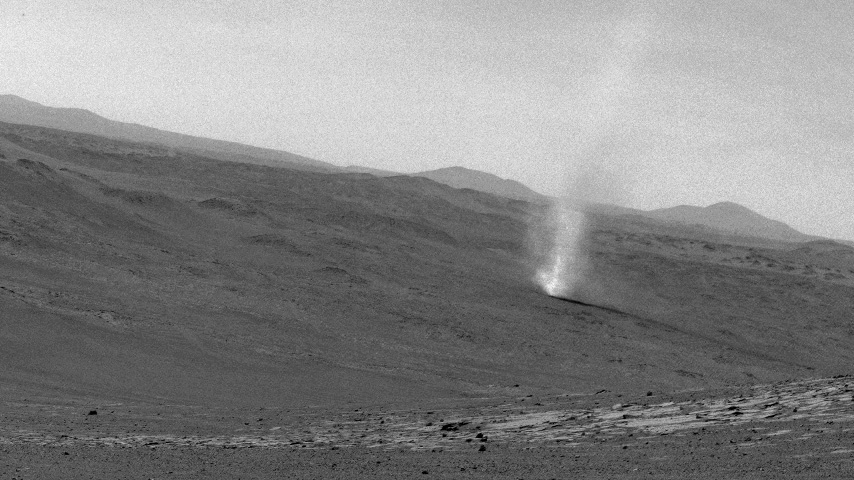
Surveying Titan’s Northern Seas
On this close flyby of Saturn’s largest moon Titan, Cassini will use its radio science instrument to scan the great seas of methane near the moon’s North Pole.
Titan’s three large northern seas — Punga Mare, Ligeia Mare and Kraken Mare (the largest sea), are each hundreds of miles across and are named after mythological sea monsters. But Cassini’s imaging cameras can’t see them very well because Titan’s surface is veiled by a thick haze. Radio signals, however, can penetrate Titan’s atmosphere, and Cassini has an instrument that uses radio signals to reveal Titan's dramatic landscapes.
During flyby T-124, Cassini will point its high-gain antenna toward Titan and the radio science instrument (called the Radio Science Subsystem) will steadily transmit a signal toward the moon's surface. In some experiments, the spacecraft bounces radar signals off the surface of a moon and then receives the signal itself. But during this flyby, Cassini will bounce its radio signal off Titan’s surface at an obtuse angle, like a basketball player bouncing a ball on the court when passing the ball to another player. The other player, in this case, is Earth.(*)
Once it bounces off Titan’s surface, the signal will travel at the speed of light for nearly an hour and a half before reaching Earth, where one of the vast radio antennas in NASA’s Deep Space Network will receive it.
During the flyby Cassini’s radio signal will strike the surface along a swath running more than a third of the way around Titan. The signal will sweep across the sea known as Punga Mare for the first time, as well as a region of Kraken Mare that the instrument hasn’t observed previously.
Once the signal reaches Earth, scientists will analyze how it changed as it swept from hard, coarse surface to smooth, liquid surface. Combining this observation with previous ones, scientists can look for physical and chemical differences between Titan’s great northern seas.
(*)These bank-shot experiments are extraordinary feats. Cassini is trying to bounce its signal off Titan and hit Earth while all the parties involved are moving. The receiving radio antenna on Earth moves west-to-east because Earth spins. But both Earth and Saturn are also orbiting the sun, and at different speeds. Further, both the spacecraft and Titan are zipping around Saturn at different speeds and on different paths from one another. And with all those bodies traveling in different speeds and directions, the instrument sending the signal runs on only about 80 watts (radio stations on Earth typically broadcast at tens of thousands of watts).


































